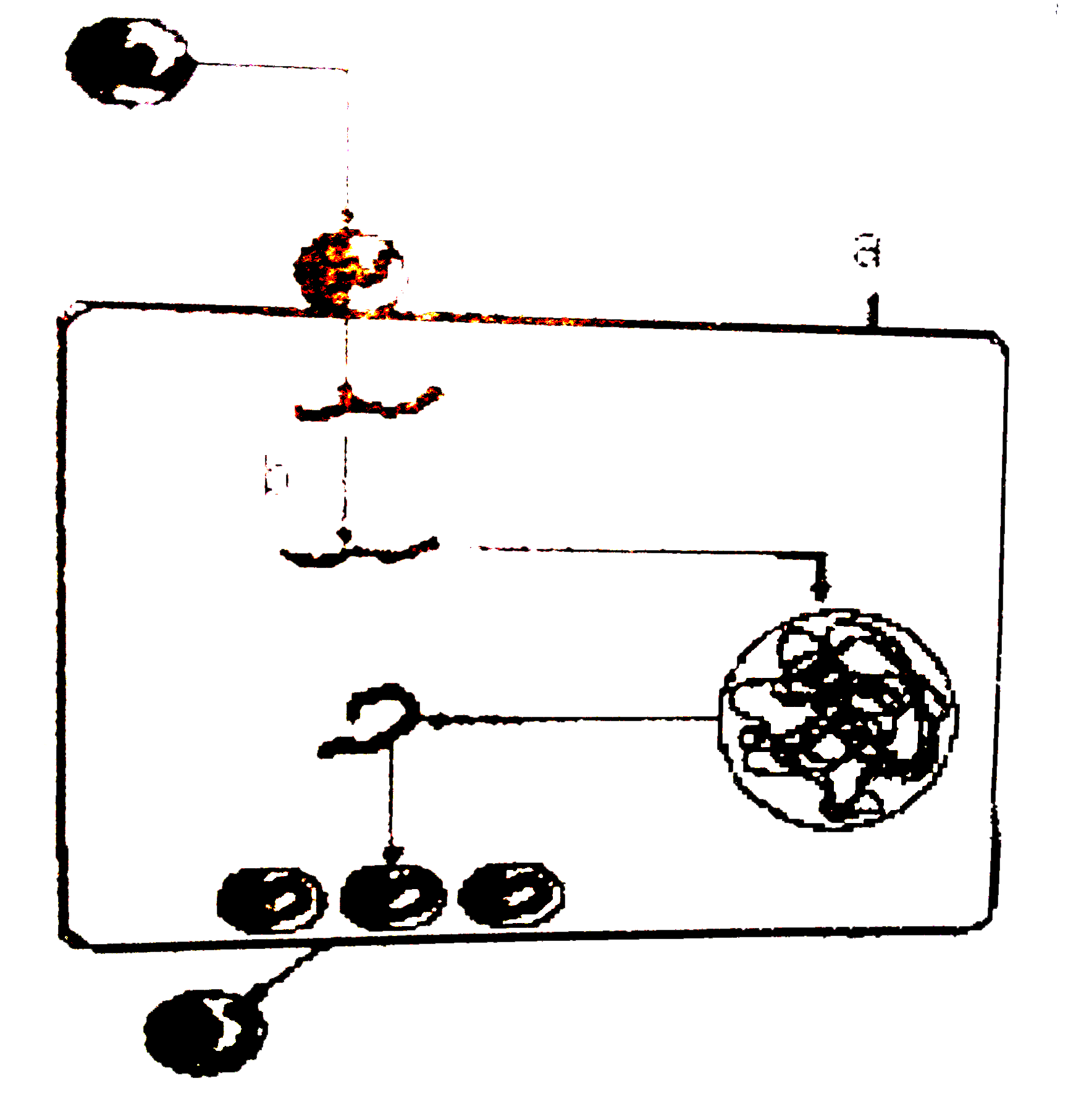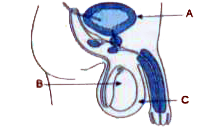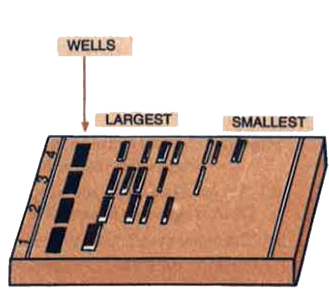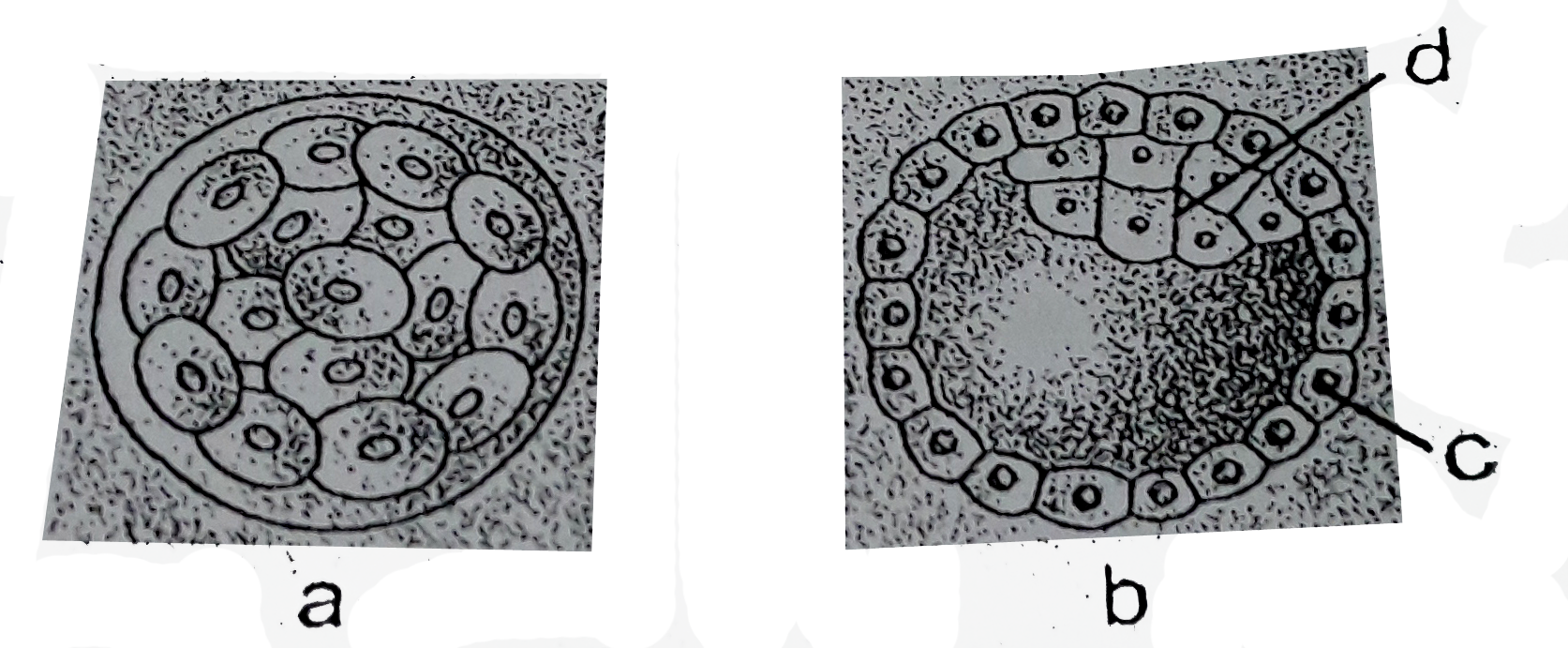(i) What does this diagrammatic sketch depict?
(ii) Identify a' and 'b
(iii) Name the widely used diagnostic test when a person gets this disease.

(i)Replication of retrovirus
(ii) (a)- Plasma Membrane.
(b) - Formation of viral DNA by reverse transcriptase
(iii) ELISA (Enzyme linked immunosorbent assay test.
Topper's Solved these Questions
- GENETICS AND EVOLUTION BOOK - TRUEMAN BIOLOGYCHAPTER - GENETICS AND EVOLUTION EXERCISE - SECTION-D
25 Videos
- GENETICS AND EVOLUTION BOOK - TRUEMAN BIOLOGYCHAPTER - GENETICS AND EVOLUTION EXERCISE - SECTION-A
34 Videos
- GENETICS AND EVOLUTION BOOK - TRUEMAN BIOLOGYCHAPTER - GENETICS AND EVOLUTION EXERCISE - SECTION-A
34 Videos
- GeneticsBOOK - TRUEMAN BIOLOGYCHAPTER - GeneticsEXERCISE - ASSERTION AND REASON
123 Videos
- HUMAN HEALTH AND DISEASEBOOK - TRUEMAN BIOLOGYCHAPTER - HUMAN HEALTH AND DISEASEEXERCISE - MULTIPLE CHOICE QUESTIONS
213 Videos
Similar Questions
Knowledge Check
In medical diagnostics for a disease, sensitivity (denoted a) of a test refers to the probability that a test result is positive for a person with the disease whereas specificity (denoted b) refers to the probability that a person without the disease test negative. A diagnostic test for influenza has the values of a = 0.9 and b = 0.9. Assume that the prevalence of influenza in a population in 50%. If a randomly chosen person tests negative, what is the probability that the person actually has influenza ?
A0.01B0.02C0.05D0.10In medical diagnostics for a disease, sensitivity (denoted by a) of a test refers to the probability that a test result is positive for a person with the disease, whereas specificity (denoted by b) refer to the probability that a person without the disease tests negative. A diagnostic test for COVID-19 has the values of a = 0.99 and b = 0.99. If the prevalence of COVID-19 in a population is estimated to be 10%, what is the probability that a randomly chosen person tests positive for COVID-19 ?
A0.099B0.1C0.108D0.11
A person may suffer from both myopia and hypermetropia defects.
(a) What is this condition called ?
(b) When does it happen ?
(c) Name the type of lens often required by the person suffering from this defect draw labelled diagram of such lenses.
View SolutionA person may suffer from both myopia and hypermetropia defects. (a) What is this condition called? (b) When does it happen? (c) Name the type of lens often required by the persons suffering from this defect. Draw labelled diagram of such lenses.
View Solution(a) (i) What is Zwitter ion?
(ii) Name a source of vitamin E.
(iii) Name the disease caused due to deficiency of vitamin K in our body.
View Solution
(i) Identify A and B.
(ii) What is the role of B ? Give reasons why it is in C?
(iii) Explain the given system.
View Solution(a) Name the causative agent of typhoid in humans. (b) Name the test administered to confirm the disease. (c) How does the pathogen gain entry into the human body ? Write the diagnostic symptoms and mention the body organ that gets affected in severe cases.
View SolutionA thalasemic child needed repeated blood transfusions, got infected by HIV.
(i) use a rough diagramatic sketch and arrows to show how the virus increased in number.
(ii) Why did the increased number of HIV viruses deteriorate the child's immunity?
(iii) Which diagnostic test showed that the infective virus was HIV?
View Solution


